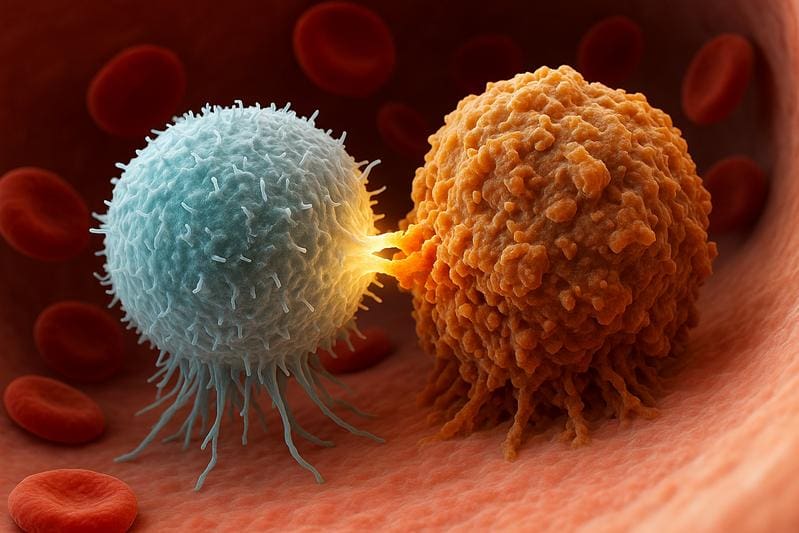New strategy improves the effectiveness of CAR T cells against blood cancer
A research team from the CeMM Research Center for Molecular Medicine and the Medical University of Vienna has developed a new method to increase the effectiveness of CAR-T cells in cancer therapy. The results, published in the journal Nature (DOI: 10.1038/s41586-025-09507-9), are considered a milestone in modern immunotherapy.
CAR-T cells, genetically modified immune cells that specifically attack cancer cells, have revolutionized the treatment of certain blood cancers. But they often lose their effectiveness or are not effective enough. The new method uses the CRISPR gene scissors to systematically optimize CAR T cells. With the CELLFIE platform, thousands of genetic changes were tested to improve the performance of the cells.

A surprising find: Switching off the RHOG gene, which normally plays an important role in the immune system, made CAR T cells significantly more effective against leukemia in preclinical models. By simultaneously switching off RHOG and another gene, FAS, the researchers achieved a synergistic effect: the modified cells multiplied faster, remained active longer, and cured mice of aggressive leukemia.
The CELLFIE platform not only enables gene silencing, but also complex genetic modifications and precise DNA editing. It opens up new perspectives for the development of tailor-made cell therapies that could be used not only for blood cancer but also for solid tumors, autoimmune diseases or in regenerative medicine.
The study provides promising candidates for future clinical trials and a method for the systematic improvement of cell-based therapies. The research was supported by the Austrian Academy of Sciences, the Austrian Science Fund FWF and the European Research Council.
Original Paper:
The study “Systematic discovery of CRISPR-boosted CAR T cell immunotherapies” was published in the journal Nature on September 24, 2025. DOI: 10.1038/s41586-025-09507-9.
Editor: X-Press Journalistenb├╝ro GbR
Gender Notice. The personal designations used in this text always refer equally to female, male and diverse persons. Double/triple naming and gendered designations are used for better readability. ected.




